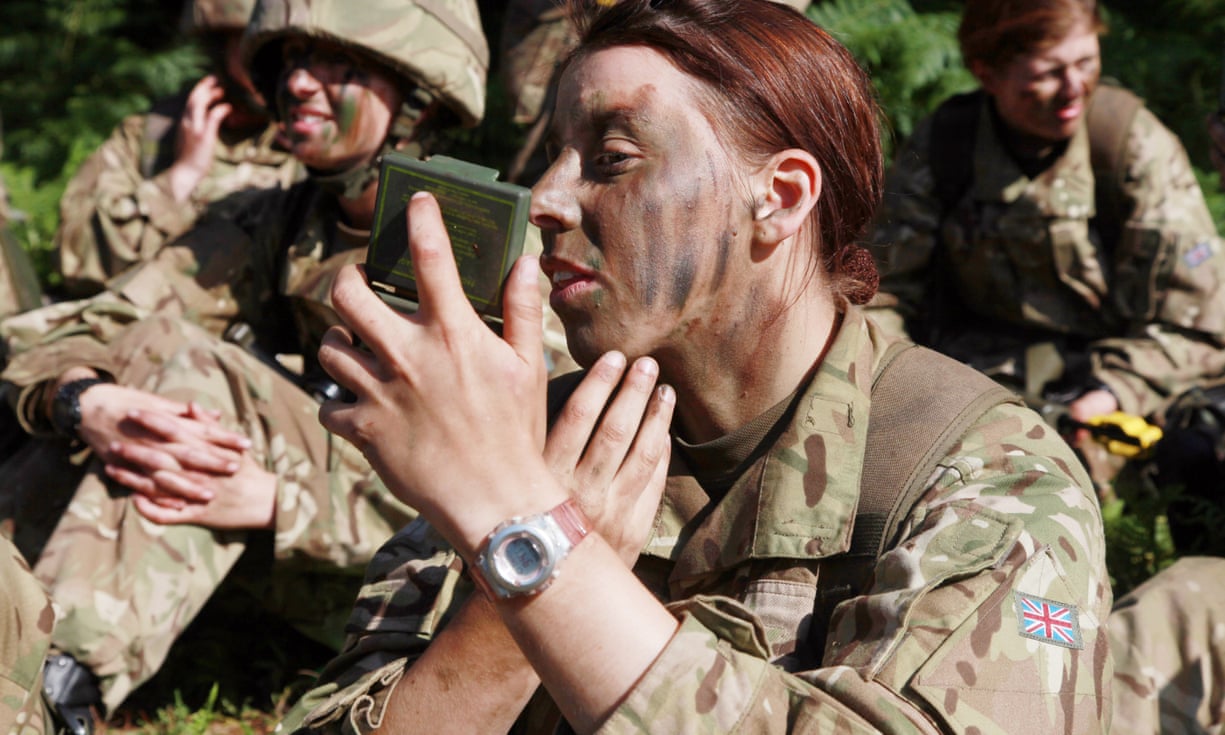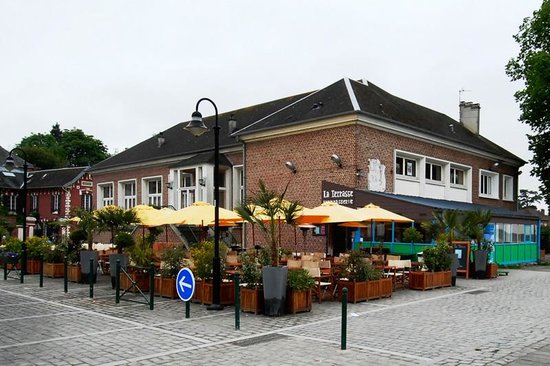On 28th January 1917 Isobel Tate died. She was one of the small group of women doctors who, like Isabella Stenhouse, had signed up to work with the Royal Army Medical Corps in the summer of 1916. On January 30th, she was buried in Pieta Cemetery, alongside men who had died from wounds sustained in Gallipoli or infections caught in Salonika.
It is a burning hot Maltese day as I turn away from the vehicles hurtling along the dual-carriageway outside Valletta into a peaceful Pieta side street and go through an iron gateway. The thick stone walls instantly dull the roar of the traffic. I can hear insects, and even in the midday glare I can see that this war cemetery is unlike any I saw in France. Cypresses stand sentinel over a field of flat tombstones that lie between hard baked paths: their dates 1915, 1916, 1917, 1918. This is where the soldiers who the hospitals fail to mend lie buried. Many of the stones bear three names. The Maltese ground is so hard that the army has had no choice but to let the flood of dead share one another’s graves. They have had no choice but to lay many of the tombstones flat, as if to greet the sun. If I took the time to count, I would find 1,303 victims. That is almost one every day from the start of the campaign in Gallipoli in 1915 until the signing of the Armistice in 1918. But I do not count them. Instead, I turn back towards the gate, letting time and the weather slip to the winter cloudiness of Tuesday 30th January 1917 and an article in the
.
As I wait, I thread together the information I have gleaned about this last month, January 1917. Many of the churches started this third New Year of the war with a week of special prayers, but the German U-boats did not stop. Instead, they sank four merchant ships passing near Malta before the month was even nine days old. Not that there were many casualties, but tons of sugar, barley and other grains were lost. From home, tales of women and children queueing for hours in the winter cold and wet for basic supplies of bread and meat have been coming in from every quarter. The letter-writers try to put on a brave face, but the envelopes spill stories of supplies running out and shopkeepers having to come to the door to dismiss the queue. They tell of the weary families, frozen to the marrow, trudging home empty-handed, wondering how they will survive. Rumours abound too of discontented murmurings among the soldiers on leave, furious that while they have been risking everything for the sake of their nation, their nation has not looked after the women and children they have entrusted to its care. And the British in Malta have agreed that although they may be bored of canned meat, canned fish and the everlasting condensed milk, for now they are having the best of things.
My thoughts are interrupted by music. It is a quarter to four. Other people have joined me – a few nurses, some orderlies and a little crowd of men in hospital blue. Quiet, we crane to see. In front of the band marches a cluster of uniformed men who I know from the Chronicle are members of the Royal Garrison Artillery. They pass so slowly that I can count them, forty in all, pacing solemnly to music so sad that it alone makes my eyes moisten. As the last row of the artillery passes, the band itself comes into view. Eyes front, the Band of the Royal Malta Artillery is setting the rhythm for the whole procession, the dignified tones of the Dead March from Handel’s Saul resounding from their instruments; swinging from their drums, black crepe. Solemn minutes tick by before the coffin comes into view, and every hat around me is doffed, every head bowed. Lying on a gun-carriage pulled by six mules, the coffin is escorted by privates, lieutenants, captains and colonels, each bearing an elaborate wreath. Just beside me at the gate, the cortège halts, and the band falls silent. The Union Flag draped over the coffin moves eerily in the January breeze.
Hundreds of funeral processions may have come along this road in the last two years, but this one is different. It is no soldier who lies inside that coffin. It is one of the lady doctors, Dr Isobel Addy Tate. Respectfully, her coffin is lifted gently from its carriage and placed on the pall-bearers’ shoulders. Even their names make the Chronicle, so detailed is its account. The priest is leading them into the cemetery, but I wait, watching the crowds who have followed Dr Tate. There are numerous Medical Officers with their RAMC badges. A cluster of civil surgeons, and a throng of Matrons, Sisters and Staff nurses pass before, at last, the group I have been waiting for comes into sight. Instantly recognisable by their motley garb, I slide in with the lady doctors. Slowly, we process towards the grave. The place is packed. Every path is full, and the grave is awkwardly near a wall, but the men are moving back to allow these women, Isobel Tate’s closest friends and colleagues, to be the nearest to her burial.

As the priest conducts the service, the two neighbouring tombstones catch my eye. These are not shared tombs, each grave holds the remains of a nurse. Only one space remains in the row, and I shudder. At the rate this war is going, it too will probably soon be filled. Somebody who is now living and working, maybe even one of these women standing near me now, will be lying in a coffin for an interment as ceremonial and certain as Dr Tate’s today.
The priest finishes the ritual and the artillery men raise their guns. Three sharp volleys snap the silence and the tear-jerking strains of the Last Post echo from a single trumpet. I bow my head and wait while the lady doctors file past the still open grave. Then solemnly and quietly, they leave the cemetery. Does their conversation slowly come back as they walk towards Porte des Bombes?
“So sad.”
“So far away from home.”
“How did she die?”
“Congestion of the brain associated with typhoid, they suspect.”
“She had taken over the bacteriology in Valletta Hospital, hadn’t she?”
“Yes, and she was ill in Belgrade when she was out there last year, I believe.”
“She deserves recognition from the authorities.”
“Yes, she has given her life for her country just as surely as any wounded soldier or victim of malaria.”
(Excerpt from
The Mystery of Isabella and the String of Beads,
Copyright Katrina Kirkwood 2016.)






























